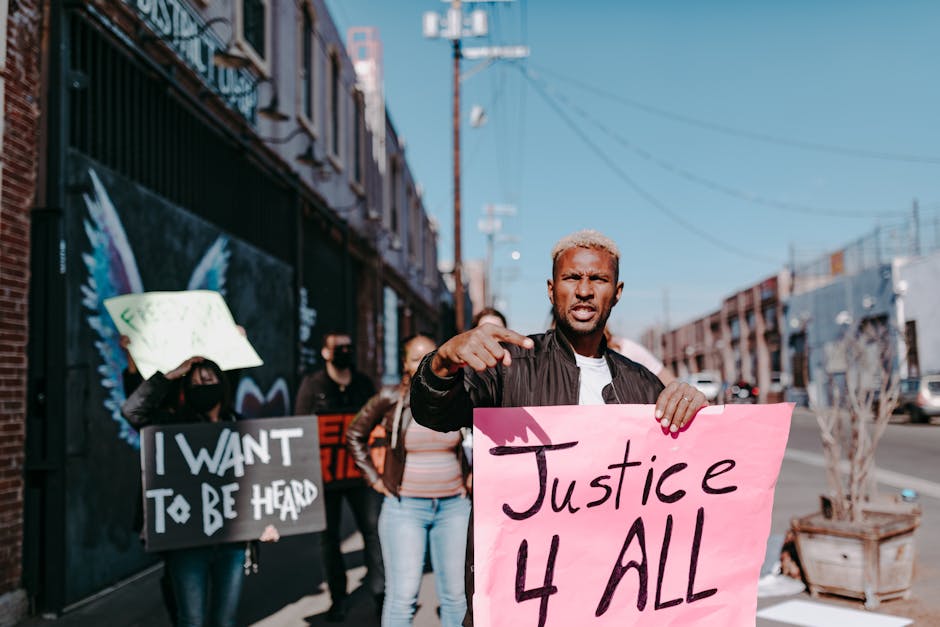In a bombshell report from The Atlantic, former President Donald Trump allegedly proposed a “show of force” by firing missiles into California during the 2020 George Floyd protests. The claim, citing unnamed sources, has sparked fierce debate about Trump’s leadership and the militarization of domestic unrest.
The Alleged Missile Strike Proposal
According to The Atlantic, during a June 2020 Oval Office meeting, Trump reportedly asked military advisors about using missiles or extreme measures against protest hubs like Los Angeles and San Francisco. Advisors immediately rejected the idea as illegal and unconstitutional.
The report suggests Trump sought a “dominating” response to civil unrest but faced swift internal resistance. While no formal plans were made, the allegation raises serious concerns about executive overreach.
White House Denials and Expert Reactions
Trump’s team dismissed the report as “fake news,” while legal experts emphasized that such an action would violate the Posse Comitatus Act, banning military force against civilians. A retired general called the idea “unthinkable.”
Former Defense Secretary Mark Esper, who documented clashes with Trump over protest responses, has not directly addressed the missile claim but previously criticized Trump’s aggressive rhetoric.
Trump’s Controversial Protest Response
The 2020 protests were a flashpoint for Trump’s presidency. His threats to deploy troops and the Lafayette Square crackdown drew condemnation. If true, the missile proposal would mark an even more extreme escalation.
Why This Story Resurfaces Now
With Trump campaigning for 2024, the report renews scrutiny of his decision-making. Critics frame it as evidence of authoritarianism; supporters call it media distortion.
Beyond politics, the claim underscores ethical dilemmas: How far can a president go to suppress dissent? Even as speculation, the discussion itself is troubling to democracy watchdogs.
Fact or Fiction? The Unanswered Questions
Without direct confirmation, the story remains in dispute. Yet it reflects the volatile nature of Trump’s presidency and the enduring fractures from 2020’s unrest.
The key takeaway? Whether literal or rhetorical, the idea of attacking U.S. citizens with military force—floated at the highest level—demands sober reflection.




